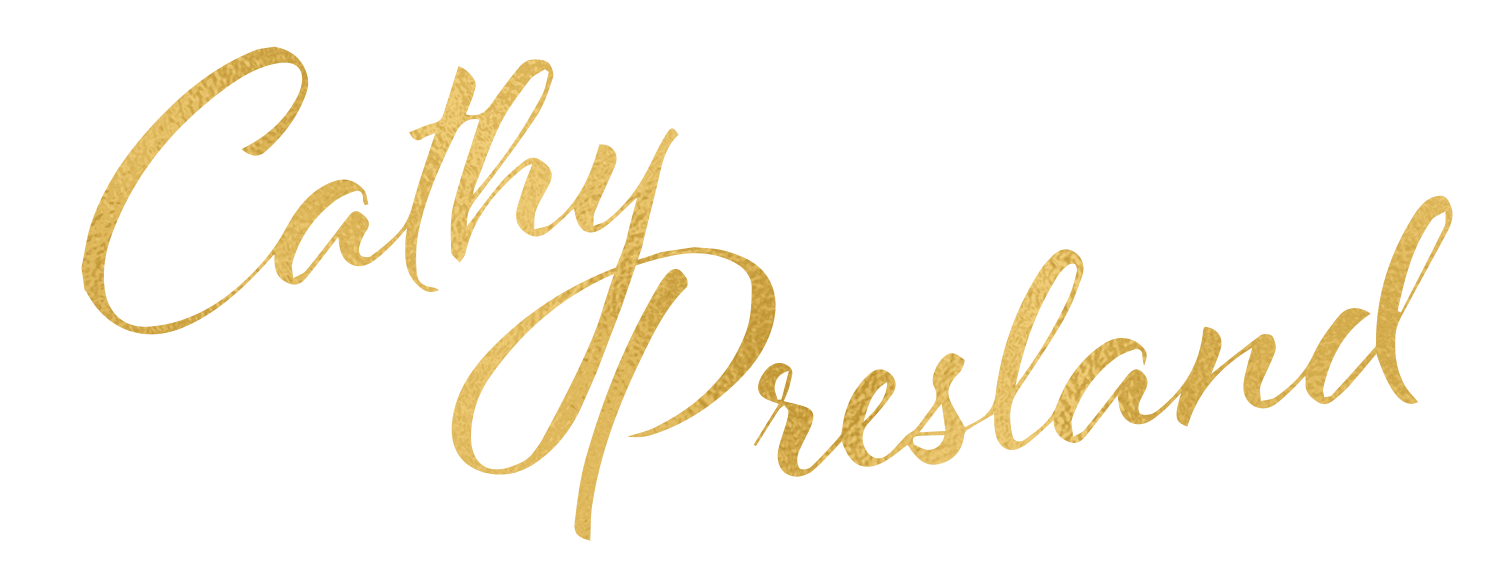A Coaching Approach to Leadership (and why it's no use crying over split milk...)
Coaching…
At the heart of coaching is the notion that we don’t tell someone else what to do, we want them to see something for themselves—‘it’ being something new about the situation they’re in, something new about how the mind works, or something new about life itself. Coaches point, mostly, they rarely tell.
And this is what we mean when we talk about coaching leadership—the application of a coaching approach, or a coaching style to a leadership situation.
…versus Telling?
But what when we just need something done?
When it looks better to be more directive? To tell someone what we think or what to do. When it doesn’t look as if a coaching approach is anything other than trying to be a good student. What then?
This question came up with a client today who asked me when it was better to use a coaching approach with someone and when it was better to be directive.
How do I know when to tell someone and when to coach them? I like using a coaching approach to leadership, and I use it more and more since we’ve been working together, but sometimes I just need someone to get something done!
he asked.
Fair point. Sometimes it looks to me too like I need something done!
The Boiling Pan…
A directive approach is about behaviour. I want you to do X, please just do it. It doesn’t require understanding, it requires only the capacity to follow instructions.
Watch the pan and turn off the heat when you see it start to boil over. Don’t move from the pan.
A coaching approach can also be about behaviour but behaviour comes as a secondary effect of understanding.
If I understand that the pan will boil dry and burn if it’s left untended (and this looks like a problem to me), then I’m more likely to be vigilant and turn it off when I anticipate it’s close to spilling.
Behaviour isn’t guaranteed (when is it ever?)—there will be times when the allure of Facebook is too much and I forget about the pan and its contents. Oh well.
As I thought about our call, it occurred to me that another word for what we were talking about was enlightenment—the simple shining of a light on something.
And, if ‘enlightenment’ is accompanied by a sense of peace and awakening, then isn’t that exactly what I was talking to my client about—how to feel more at ease with his leadership style, understanding why he was choosing one over another, becoming aware of his edges, and knowing how to push a little to find the next breakthrough.
Enlightenment…
My favourite dictionary, defines enlightenment as:
1. The act act or means of enlightening or the state of being enlightened. (Stella had a moment of enlightenment.)
2. In Buddhism, enlightenment is the awakening to ultimate truth—a final spiritual state in which everything is understood and there is no more suffering or desire. (…a sense of deep peace and spiritual enlightenment.)
3. In Hinduism enlightenment is a state of transcendent divine experience represented by Vishnu: regarded as a goal of all religion.
Even without a spiritual or religious meaning, enlightenment is, literally, having a light pointed on whatever we are looking at so that we see it clearly and understand it for what it is.
It’s an ultimate state of knowing, of understanding, of seeing.
How we get there can be by shining the light, pointing, and talking about what we see, or it can be through doing, through practices and rituals—the spiritual equivalent of telling someone to “watch the pan!”
Understanding, though, is always the goal, and in zen chef school, no-one is likely to care about how many pans I burn or how perfectly I watch them.
Bringing It Into the Workplace…
Coming to my (real world) client and his question—how to know when to use a coaching leadership style and when to tell someone to just watch the pan!
Partly toying with him and partly genuinely curious, I threw the question back and we had a discussion about when (and why) it looks as if getting the job done, is more important than developing the person’s understanding. Because the answer to his question wasn’t about knowing which method to pick—pointing versus telling—it was noticing when the results looked real to him.
Results Versus Understanding
If my objective is understanding, not results, then it doesn’t matter what technique I use, and I can flex according to what feels right—coaching leadership or other styles—and what I think will work in the moment or with the person in front of me. Being told to watch a pan and leaving me to figure it out might be just as effective as talking about the nature of heat.
However, if my objective is a result—if I must save the pan by any means necessary—then I’m likely to choose directive leadership—telling—most, if not all, of the time.
With clients, I’m pointing them towards understanding, because I know that’s what leads to long-term sustainable change, however, they’re usually more interested than I am in actual results in the workplace.
When it Looks Real
If we always reach for a directive approach when something looks real, what then makes it real? And how often do things look real to me? And what results do I tend to get?
My train of thought went to my children, where I (almost) always take a ‘coaching’ approach (or so I like to believe).
I tell myself that I don’t mind what grades they get, which university they go to, what job they have, or don’t have. I’m more interested in them seeing that they have their own wisdom and their own potential than I am in ‘directing’ them to outcomes that I think are better.
And, most of the time, that actually plays out in what looks real or less real in the moment. In my meanderings I was also patting myself on the back for not pushing my reality onto their reality and for being such a great mum…
Until my mind found the exception,
But what if they were about to run out into the road? Would you use a coaching approach then? Ha! I don’t think so!
My sliver of doubt continued to prod,
If you’re so enlightened, Cathy, and nothing is real, then why is your first thought to pull them back out of the path of a speeding lorry? Huh? What then?
I can say with certainty that in this moment it looks true to me that I would pull my child out of the path of a speeding lorry, and I’m pretty certain this would also be true in some future imaginary road accident. The speeding lorry looks very dangerous and I don’t see myself standing at the side of the road discussing the nature of force and momentum.
“It’s OK, I Die All the Time”
The mind is a wonderful, and unpredictable thing, and immediately mine looked for another contradiction and flipped to a scene in Russian Doll, a Netflix series I just watched this weekend with my youngest son.
We’re going to die.
Says one character as a lift plummets to the floor.
Another character replies with,
It’s OK, I die all the time.
Without giving too many spoilers, the theme of the series is a kinda Groundhog Day; the main character dies and reawakens regularly and it becomes less of a ‘big deal’ to die. Annoying, yes, to have yet another false start, but not, literally, life and death as we understand it.
Ah, So ‘Real’ is Relative?
Netflix series aside, ‘real’ is always relative.
It’s relative to what we see as immovable, as final, as being important to control, important to achieve.
It’s where we see solidity in the swirling fabric of life.
It’s why one manager will be directive when another will be a coach.
It’s why sometimes you’re patient with the kids and sometimes you scream at them to stop jumping on the furniture!
And sure, in my lorry scenario life looks good, death looks bad, very bad, and I would do whatever it took to avoid it. But I also see that, no matter how true this looks, it is only true in my version of reality.
Even Life and Death…
I was curious how quickly my mind had rushed to the speeding lorry scenario and seen it as an absolute rock-solid certainty that I would pull my child back. But what if life and death are also relative? What if everything is fluid enough to appear real some of the time and not so real other times. Not only in a Netflix fantasy, but in the ‘real’ world.
My youngest son had cancer a few years ago—early stage, he’s fine—and there was a point during the diagnosis period where it occurred to me that it could all be a lot worse than I thought, that maybe he could die. I knew it was a small chance and logic argued against it, but I see how easy it is for thoughts to take hold, and also how those thoughts don’t tell me anything about what’s real.
What I remember about that moment is how suddenly and how clearly true it looked to me that, yes, that could happen, and that, no matter what, we would be OK. It wasn’t my job to keep him alive.
I still did everything that occurred to me; rallied the best doctor, stayed with him in hospital (to his great embarrassment), demanded updates, and googled everything I could about his treatment.
But, underneath the intensity of carrying out my mummy duties, there was also a profound sense that we are all part of something that we have no control over, and we do the best we can for the time that we’re here.
I don’t mean to bring a downer to the ‘when am I directive and when am I a coaching leader with my staff?’ question, but sometimes the answer to a simple question comes from the deepest exploration, and sometimes what’s true about life itself, is true about everything we do.
If behaviour follows from understanding then we will be directive where things look real, and we will care less where things don’t. And we might still grab an imaginary pan from an imaginary burning stove, because we can.
And, maybe, the place to find an answer is to ask ourselves, on an ongoing basis,
What if things aren’t as real as they appear to be? What then?
With love,
Cathy

